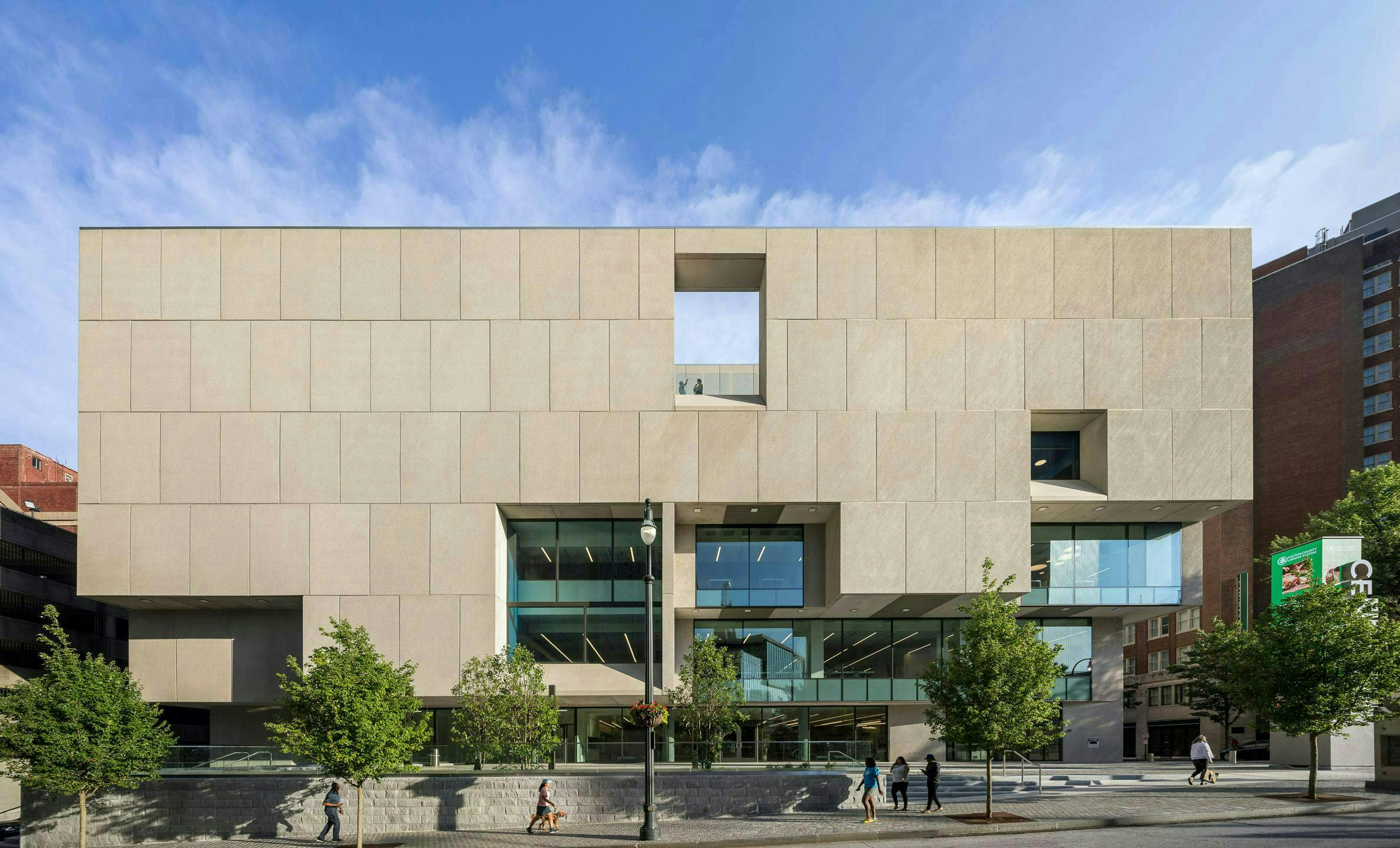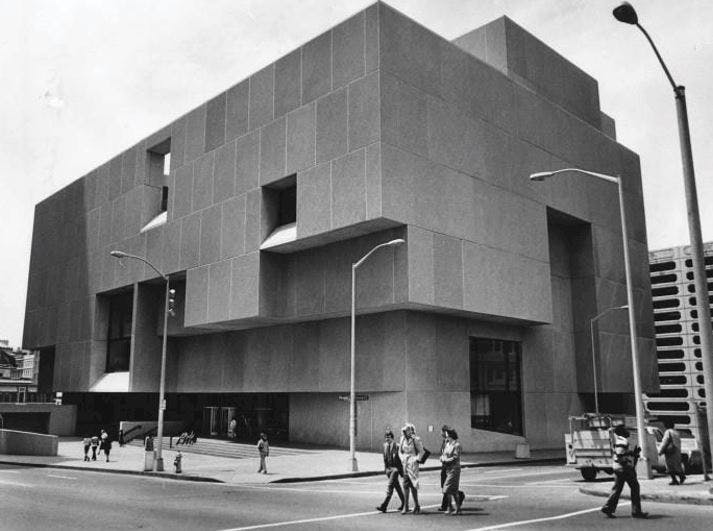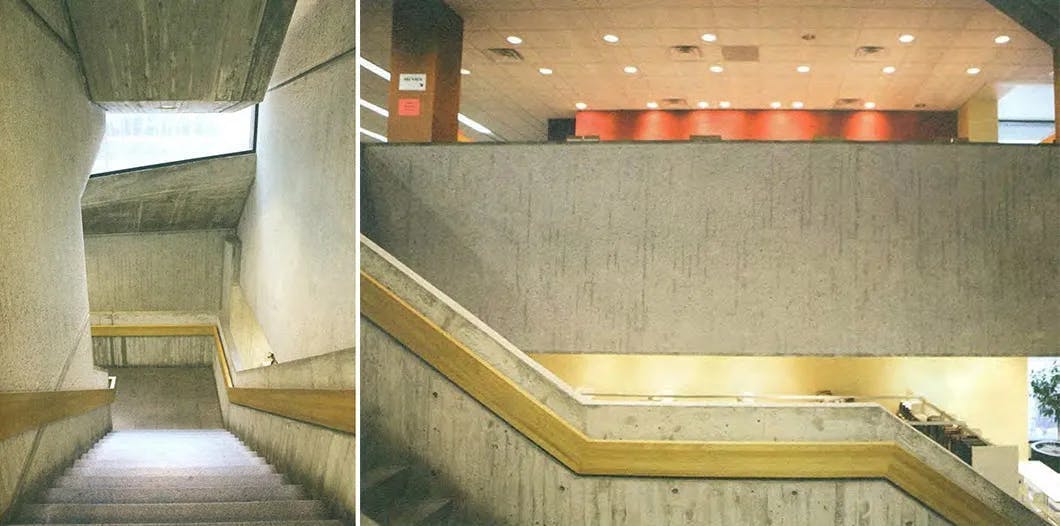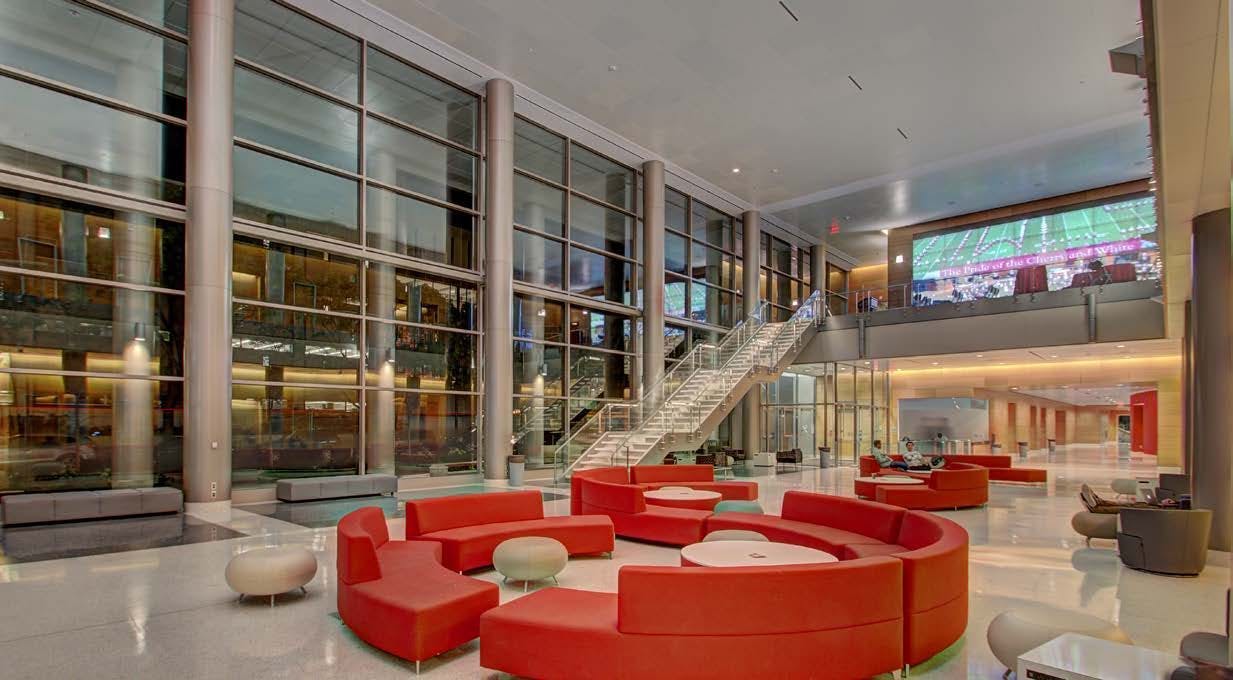
The Central Atlanta Library
Project Summary
The renovation of the Atlanta Fulton County Central Library, originally designed by Marcel Breuer, transformed a 1980s brutalist structure into a modern, energy-efficient facility. The project team used cove to optimize daylight, reduce energy consumption, and enhance user comfort. Daylight and glare studies improved access to natural light, increasing Spatial Daylight Autonomy (sDA) by over 7%, creating a more inviting environment for patrons.
cove also played a critical role in reducing the building's Energy Use Intensity (EUI) by 30%, from 49.4 kBTU/sf/yr to 35 kBTU/sf/yr, and cutting carbon emissions by 63%. Real-time adjustments further optimized the building’s envelope and HVAC systems while incorporating photovoltaic panels to lower its carbon footprint.
Project Type: Library
Services Used: Sustainability Analysis • Energy Analysis and Compliance




Want to dive deeper?
Explore how cove has helped firms achieve success.